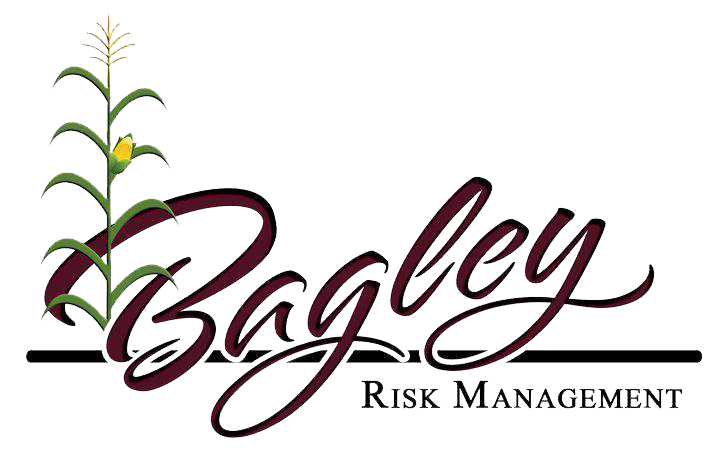Understanding Animals Threat Protection (LRP) Insurance Policy: A Comprehensive Guide
Browsing the realm of livestock threat defense (LRP) insurance policy can be a complicated endeavor for numerous in the agricultural field. From exactly how LRP insurance coverage operates to the various protection alternatives offered, there is much to reveal in this extensive guide that could potentially form the way livestock producers approach danger monitoring in their companies.

Just How LRP Insurance Policy Functions
Periodically, understanding the auto mechanics of Livestock Danger Security (LRP) insurance policy can be complex, however damaging down just how it functions can provide clarity for farmers and breeders. LRP insurance policy is a threat management device designed to shield animals manufacturers versus unforeseen rate decreases. It's vital to keep in mind that LRP insurance policy is not a profits guarantee; instead, it focuses exclusively on cost risk defense.
Eligibility and Coverage Options

When it pertains to coverage choices, LRP insurance coverage supplies manufacturers the adaptability to choose the protection level, coverage period, and recommendations that ideal suit their threat management requirements. Insurance coverage levels normally vary from 70% to 100% of the expected ending value of the insured animals. Producers can also choose insurance coverage periods that straighten with their production cycle, whether they are insuring feeder cattle, fed cattle, swine, or lamb. Recommendations such as rate threat defense can further personalize insurance coverage to safeguard against damaging market fluctuations. By comprehending the qualification standards and insurance coverage choices offered, livestock manufacturers can make educated choices to take care of threat effectively.
Benefits And Drawbacks of LRP Insurance
When reviewing Livestock Risk Defense (LRP) insurance, it is essential for animals manufacturers to consider the advantages and disadvantages fundamental in this threat monitoring tool.

One of the key benefits of LRP insurance is its capability to supply protection against a decline in livestock prices. Furthermore, LRP insurance supplies a level of adaptability, permitting manufacturers to personalize insurance coverage degrees and plan periods to fit their particular needs.
Nonetheless, there are also some drawbacks to think about. One constraint of LRP insurance is that it does not safeguard against all types of threats, such as condition episodes or all-natural catastrophes. Costs can often be expensive, particularly for producers with big livestock herds. It is vital for manufacturers to carefully analyze their specific risk direct exposure and monetary scenario to establish if LRP insurance policy is the appropriate danger monitoring device for their operation.
Recognizing LRP Insurance Coverage Premiums

Tips for Making Best Use Of LRP Perks
Maximizing the benefits of Animals Threat Protection (LRP) insurance coverage requires critical planning and proactive risk monitoring - Bagley Risk Management. To make the most of your LRP protection, consider the adhering to tips:
Regularly Evaluate Market Conditions: Keep notified regarding market trends and cost fluctuations in the livestock sector. By keeping track of these variables, you can make educated decisions concerning when to buy LRP protection to safeguard versus prospective losses.
Set Realistic Coverage Levels: When picking coverage levels, consider your production costs, market worth of livestock, and possible risks - Bagley Risk Management. Establishing practical protection levels ensures that you are effectively protected without paying too much for unnecessary insurance
Expand Your Protection: Rather of relying exclusively on LRP insurance coverage, take into consideration expanding your risk administration methods. Incorporating LRP with various other danger monitoring tools such as futures agreements or alternatives can offer extensive protection against market unpredictabilities.
Review and Adjust Insurance Coverage Consistently: As market read more problems alter, regularly review your LRP insurance coverage to guarantee it aligns with your existing risk direct exposure. Adjusting coverage levels and timing of acquisitions can help enhance your risk protection strategy. By complying with these suggestions, you can take full advantage of the benefits of LRP insurance coverage and protect your animals procedure against unexpected threats.
Conclusion
In verdict, animals threat protection (LRP) insurance policy is an important tool for farmers to manage the financial threats connected with their animals operations. By recognizing exactly how LRP works, eligibility and insurance coverage choices, in addition to the see here advantages and disadvantages of this insurance policy, farmers can make educated choices to shield their livelihoods. By carefully considering LRP costs and executing approaches to take full advantage of benefits, farmers can mitigate prospective losses and make certain the sustainability of their procedures.
Livestock producers interested in obtaining Animals Threat Protection (LRP) insurance coverage can check out a variety of qualification standards and insurance coverage options customized to their specific animals procedures.When it comes to protection options, LRP insurance policy provides producers the flexibility to select the insurance coverage level, insurance coverage period, and recommendations that best match their danger management demands.To comprehend the complexities image source of Animals Threat Security (LRP) insurance coverage fully, comprehending the variables influencing LRP insurance costs is critical. LRP insurance coverage costs are established by numerous components, including the coverage level selected, the expected cost of animals at the end of the insurance coverage duration, the type of animals being guaranteed, and the size of the coverage duration.Testimonial and Readjust Protection Consistently: As market conditions alter, periodically review your LRP insurance coverage to guarantee it lines up with your current threat exposure.